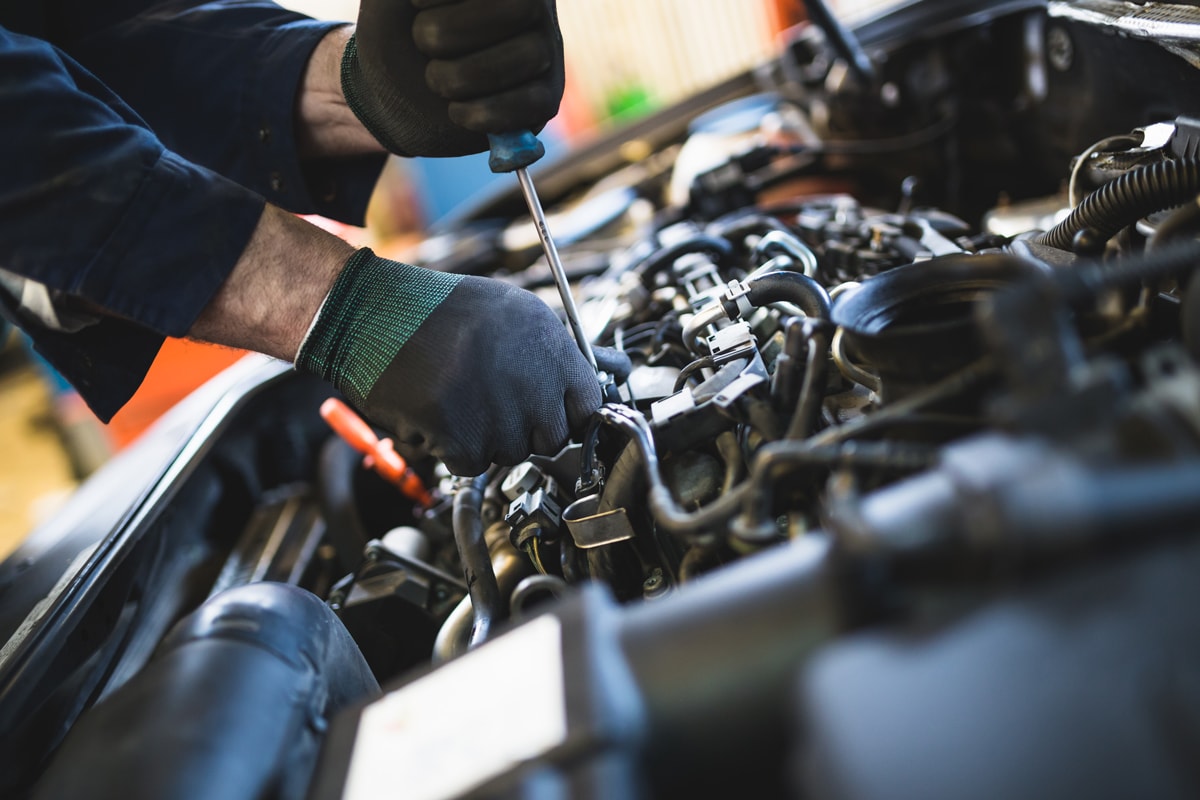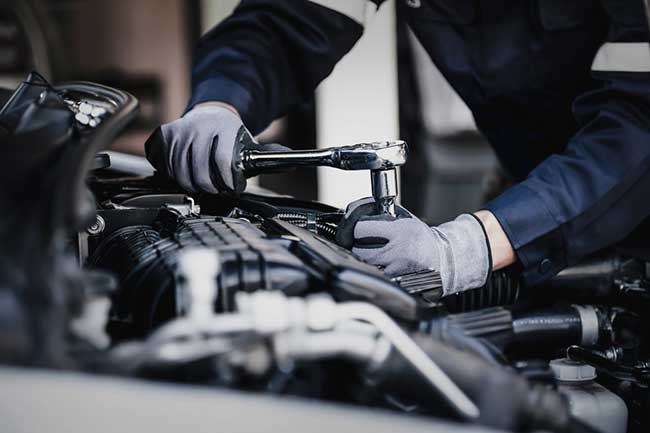All Categories
Featured

When it involves vehicle repair services or upgrades, one of the most vital choices you'll encounter is whether to pick Original Tools Maker (OEM) parts or aftermarket components. Both choices provide distinct advantages and drawbacks, so understanding the distinctions in between them is essential for making a notified decision. In this article, we'll explore the benefits and restrictions of OEM and aftermarket components to aid you decide which is best matched for your automobile.
What Are OEM Parts? OEM components are produced by the exact same manufacturer that made the initial elements in your automobile. These parts are made to satisfy the exact specifications of your auto, guaranteeing they are an exact fit and offer the same efficiency as the components that came with the lorry when it was first constructed. OEM parts are frequently taken into consideration the "manufacturing facility standard" since they come directly from the vehicle's producer or a certified supplier.

One of the primary advantages of making use of OEM parts is their guaranteed top quality. Considering that these parts are made to the same criteria as the originals, they normally offer an ideal fit and trusted efficiency. Furthermore, lots of OEM parts come with a guarantee, giving you satisfaction that you'll be shielded in instance of flaws.
What Are Aftermarket Parts? Aftermarket parts are made by third-party makers that are not connected with your lorry's original producer. These parts are created to fit a wide range of vehicles and are generally cheaper than OEM parts. Aftermarket components can be used for routine fixings or upgrades, and they often supply a more comprehensive array of alternatives contrasted to OEM parts.

Additionally, aftermarket parts might supply far better efficiency or added features not available in OEM choices. Aftermarket exhaust systems, brake pads, and suspension parts often provide improvements in efficiency or aesthetic appeals that might not be located in OEM parts.
Advantages of OEM Parts. Precision and Compatibility: OEM components are created specifically for your lorry's make and version, ensuring they fit perfectly and carry out to the precise specifications required. Guarantee Coverage: Numerous OEM parts include service warranties, using protection in instance of flaws or early failing. Top quality Guarantee: Considering that OEM parts are made by the initial maker, they undergo the exact same strenuous quality assurance requirements as the components mounted in your automobile when it was initial developed. Resale Worth: If you prepare to market your automobile, having OEM parts can assist keep its resale worth, as prospective purchasers might be a lot more curious about a vehicle that has actually been repaired with initial elements. Benefits of Aftermarket Components. Expense Cost savings: Aftermarket components are normally less costly than OEM parts, which can be a substantial benefit if you're on a budget plan or desire to save money on repair work. Variety and Customization: Aftermarket parts give a wider range of options, consisting of performance upgrades and visual enhancements. For instance, if you want to enhance horse power or improve your cars and truck's look, aftermarket alternatives can provide special solutions. Schedule: Aftermarket components are often simpler to discover than OEM parts, particularly for older vehicles that might no more have readily offered OEM parts. Performance Improvements: Some aftermarket parts are created with performance in mind, such as high-performance brakes, air filters, or exhaust systems. These components can boost your vehicle's overall efficiency and driving experience. Downsides of OEM Components. Higher Price: The most considerable downside to OEM parts is their price. They are typically much more costly than aftermarket choices, which can build up quickly if your cars and truck needs numerous repair services. Minimal Personalization: OEM parts are developed to recover your lorry to its original specifications, indicating they may not supply the exact same variety of personalization choices as aftermarket components. Accessibility Concerns: Depending on the age of your automobile, specific OEM parts may be more difficult to discover or terminated, making fixings harder. Negative Aspects of Aftermarket Components. Irregular Top quality: While many aftermarket parts are of top quality, others might be badly made or do not have the toughness of OEM components. It is necessary to research the maker and read evaluations to ensure the quality of the part you're considering. Fitment Troubles: Aftermarket components are developed to fit a vast array of lorries, yet they might not always offer the ideal fit that OEM components assure. This can lead to installation issues or suboptimal efficiency. No Surefire Guarantee: While some aftermarket parts feature service warranties, they may not be as thorough or resilient as those provided by OEM parts. In some cases, utilizing aftermarket components could likewise influence your car's guarantee insurance coverage if it's still active. How to Determine In Between OEM and Aftermarket Parts. The decision in between OEM and aftermarket components eventually depends on your details demands, preferences, and budget. Here are a couple of factors to consider to aid lead your selection:
Spending plan: If conserving money is a priority, aftermarket parts are generally the much more affordable option. Be mindful that less expensive components might not last as long as OEM components, which might result in higher costs down the road. Car Age and Problem: For newer vehicles, particularly those under warranty, it's usually a good idea to choose OEM components to preserve the cars and truck's stability and protect its resale worth. For older automobiles, aftermarket parts might be a lot more useful, particularly if the lorry is no more under guarantee or if you're trying to prolong its life expectancy with economical solutions. Fixing Type: Specific crucial fixings, specifically those related to safety and security (brakes, air bags, and so on), are best handled with OEM parts to make certain the highest degree of security and performance. For non-essential repair services or alterations, aftermarket components can provide an outstanding equilibrium of quality and price. Efficiency and Modification: If you're seeking performance upgrades or special customization choices, aftermarket components may be the finest choice. Lots of aftermarket manufacturers design parts specifically for boosting your vehicle's abilities, whether it's for far better efficiency or visual appeals. Final thought. Both OEM and aftermarket components have their cons and pros, and the most effective choice depends on your particular needs and concerns. OEM components are perfect for keeping the initial top quality and performance of your vehicle, while aftermarket components offer cost savings, customization choices, and a wider series of choices. Carefully examine your vehicle's condition, the kind of fixing needed, and your spending plan to make the very best choice for your auto and your budget. Despite which alternative you select, it's constantly smart to seek advice from a relied on mechanic that can give advice and guarantee the repair work is done correctly.
Latest Posts
Check Out the Best Auto Repair Discounts in Montclare, Chicago
Published May 27, 25
1 min read
Why Chicago Drivers Select Montclare Auto Repair for Reliable Service and Significant Savings
Published May 26, 25
1 min read
Find Out How WyHy Federal Credit Union Saves You Money on Loans and Savings
Published May 25, 25
1 min read
More
Latest Posts
Check Out the Best Auto Repair Discounts in Montclare, Chicago
Published May 27, 25
1 min read
Why Chicago Drivers Select Montclare Auto Repair for Reliable Service and Significant Savings
Published May 26, 25
1 min read
Find Out How WyHy Federal Credit Union Saves You Money on Loans and Savings
Published May 25, 25
1 min read